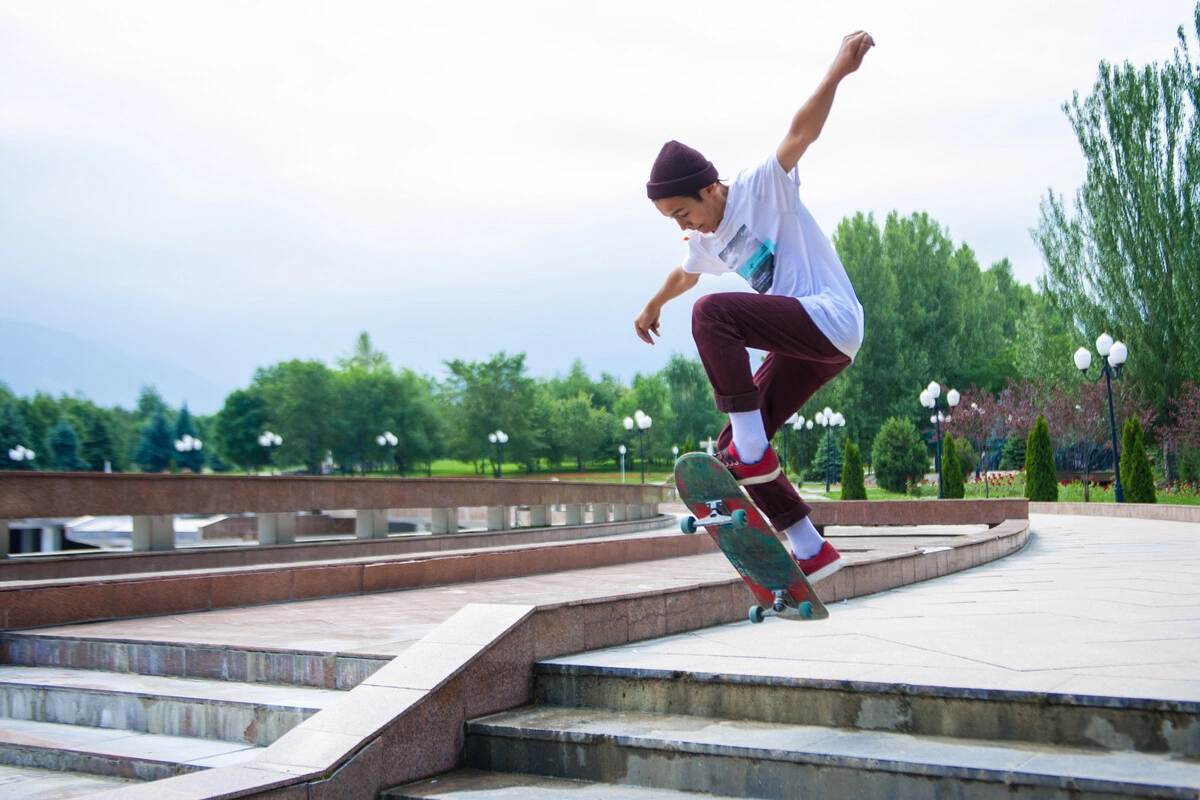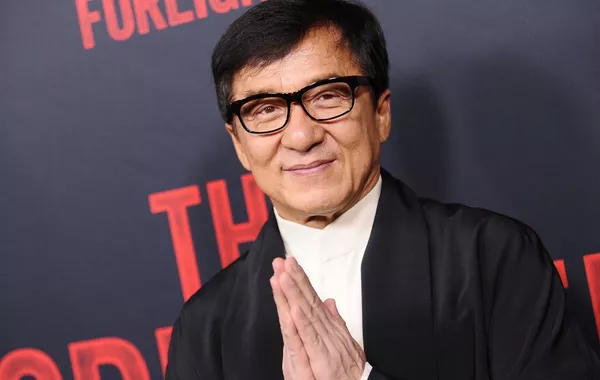
Parkour, skateboarding and desert raves in a land “out of time?” Join Mark Elliott as he celebrates alternative athletes, artists, and culture throughout the region and, like the break-dancers of Kazakhstan, turns misconceptions on their head. Tell us what we missed - what are your alternative top spots? Who are your heroes on the margins?
Flying high in Almaty, Kazakhstan. Image: Mikhnyuk Galina/Shutterstock
For those who have never visited the region, there’s often a misperception that the Caspian countries exist in a different time warp: lands that live somewhere between grey Soviet desolation and heavy Islamic oppression. But, of course, as anyone that’s been to Baku, Tbilisi or Almaty will attest, the reality couldn’t be more different – or more diverse. From parkour free-runners and B-boys, via graffiti and sk8er crews, to desert raves and buzzing clubs, the region has a lot more youth culture than you might have imagined.
Back in 2013, Ryan Doyle’s remarkably choreographed Baku parkour video saw the Red Bull star leaping across rooftops, oil derricks and even sprinting up the side of the Heydar Aliyev Center. Somehow this, more than the

Now, the Caspian region has its own small parkour scene. Azerbaijani members of the Gilavar Extreme Sports club joined Swiss athletes in a 2017 parkour

In Tbilisi, videos that look more genuinely ‘street’ include



Viral Red Bull clips show a pro-skater using the surreal curves of Baku’s Heydar Aliyev Centre and the carpet museum’s ‘rolled rug’ exterior as remarkable ramps. However, Baku has also had its own home-grown skateboarding scene for many, many years, as documented by this nostalgic




If you still think Kazakhstan has anything to do with Borat,




The Tigrohaud Crew, Kazakhstan’s best-known graffiti artists, have bona fide art college backgrounds but maintain much of the attitude of street artists. Their realistic portrait adornments of city block-end and decrepit concrete bridges have moved on from featuring 2-Pac and B-I-G and now focus more on characters from Kazakh history and culture.
Several thought-provoking Iranian graffiti gurus compete for the soubriquet of Persian Banksy, though most – including Icy & Sot and A1one – have since moved to exile abroad, developing into internationally renowned contemporary artists.
Georgia is famed for its polyphonic singing, and it’s altogether likely that – while you’re sat at a multi-toasting supra (feast) – that your hosts might spontaneously reach for their panduris and start serenading you in multi-part harmonies. However, in recent years Tbilisi has also been enjoying a “



That’s a now-legendary Tbilisi club in a former swimming pool in the basement of a stadium. Noted for its transgressive cultural edginess as well as its vibrant techno music, a 2019 Guardian article by Chal Ravens went as far as to call it “one of the greatest nightclubs in the world.”
Tbilisi is also home to a very eclectic music scene, including what has been dubbed the Caucasus’ weirdest “psychedelic rap scene.”
Is We There Yet? by Luna999 featuring Accidboy is an archetype of Tbilisi’s eclectic psychedelic rap scene
Similarly, wide-ranging trends in electronic, DJ and techno-house music are audible across the region, and there’s a whole spectrum of rap styles. In Armenia, beatbox has mixed with rap in inventive combined sets and


Iran is a country where very conservative social norms apply, so for youth in Tehran, being rebellious requires the treading of a dangerous knife-edge path that nudges gently at the bounds of the country’s Islamic laws. Alcohol is illegal in Iran, and the morality police are charged with seeking out music that might be deemed blasphemous or antisocial. Although controls are less strict than in the 1980s, most of the country’s top DJs have sought sanctuary in the west and dancing remains strictly banned. Yet, very much in secret, there is a surprisingly cutting edge rave-party scene as documented in the 2016 film

Share on social media
